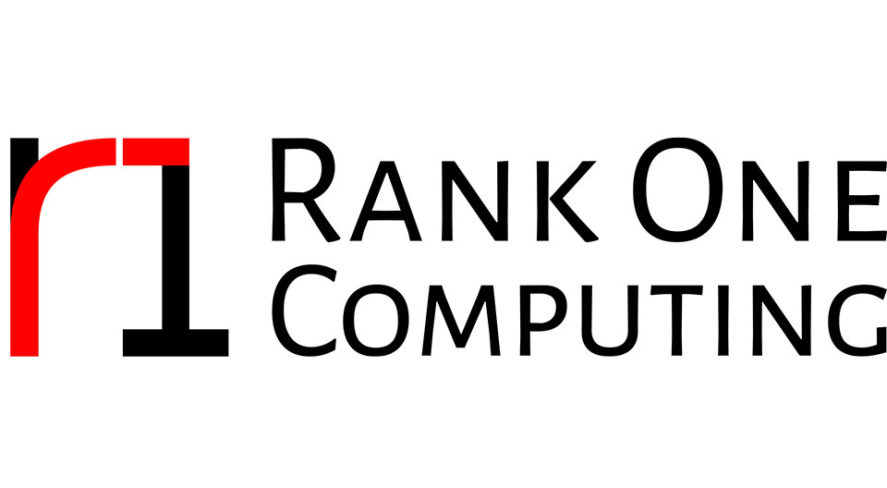SIA New Member Profile: Rank One Computing

New Security Industry Association (SIA) member Rank One Computing works to make the world safer and more convenient through the use of cutting-edge artificial intelligence algorithms that can accurately perform facial recognition. The company is headquartered in Denver, Colorado, and its customers and user base span across government agencies, large financial institutions, the security industry, enterprise services and others. Geographically, Rank One’s software is heavily deployed in North America, Europe, East Asia and Latin America.
SIA spoke with Dr. Brendan Klare, co-founder and CEO of Rank One, about the company, the security industry and working with SIA.
SIA: Tell us the story of your company.

Brendan Klare: Rank One was founded in 2015 by software engineers seeking to deliver face recognition algorithms that significantly improved on the accuracy, scalability and ease of integration respective to industry solutions at the time.
Prior to Rank One, its founding team had a significant background in publishing academic research in pattern recognition and face recognition algorithms, as well as providing software systems and expert-level consulting to U.S. government agencies on the deployment, integration and research of face recognition algorithms and systems.
Rank One is employee-owned, and its software is solely developed in the United States by Rank One employees.
What solutions/services does your business offer in the security industry? And what makes your offerings/company unique?
BK: Rank One has two primary offerings that are relevant to the security industry. The first is Rank One’s core product, the ROC SDK, a software development kit which provides scalable face recognition software libraries enabling engineers to develop and integrate custom applications and systems. A key differentiator of the National Institute of Standards and Technology-validated algorithms delivered by Rank One is their scalability and efficiency. Thus, while the top-tier accuracy is achieved by these algorithms, they also have between two and 10 times less hardware requirements than other competing solutions. This is particularly relevant to security applications that involve video processing, which is quite computationally demanding.
In addition to the ROC SDK, Rank One also provides a graphical user interface environment for tracking, watch-listing and access control across a variable number of camera feeds. Further, Rank One is developing customized integrations of the ROC SDK into market-leading video management systems, which is enabling our algorithms to be available to security professionals in a turnkey manner.
What’s something we might not know about your company – or something new you’re doing in security?
BK:It is not new, but an area of differentiation that Rank One consistently receives high marks on is technical support for third-party integrators. Thus, if an organization is developing a software system and wants to integrate face recognition technology into your system, in working with Rank One, technical support will be provided from the same engineers who develop the ROC SDK, and you will be further supported by Rank One’s operational support staff.
What are the biggest challenges facing your company and/or others in the security industry?
BK: Misinformed policy makers and legislators, who are influenced by factually incorrect journalism, enacting blanket bans on face recognition technology that do little to effectively help with concerns around privacy and do a lot of harm to weakening security options.
What does SIA offer that is most important to you/your company? And what do you most hope to get out of your membership with SIA?
BK: We are excited to leverage the expertise and resources available from SIA, particularly as it pertains to shaping and informing policymakers and legislators. We are further excited to meet new prospective partners through other SIA members.
The views and opinions expressed in guest posts and/or profiles are those of the authors or sources and do not necessarily reflect the official policy or position of the Security Industry Association (SIA).
